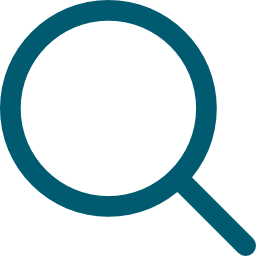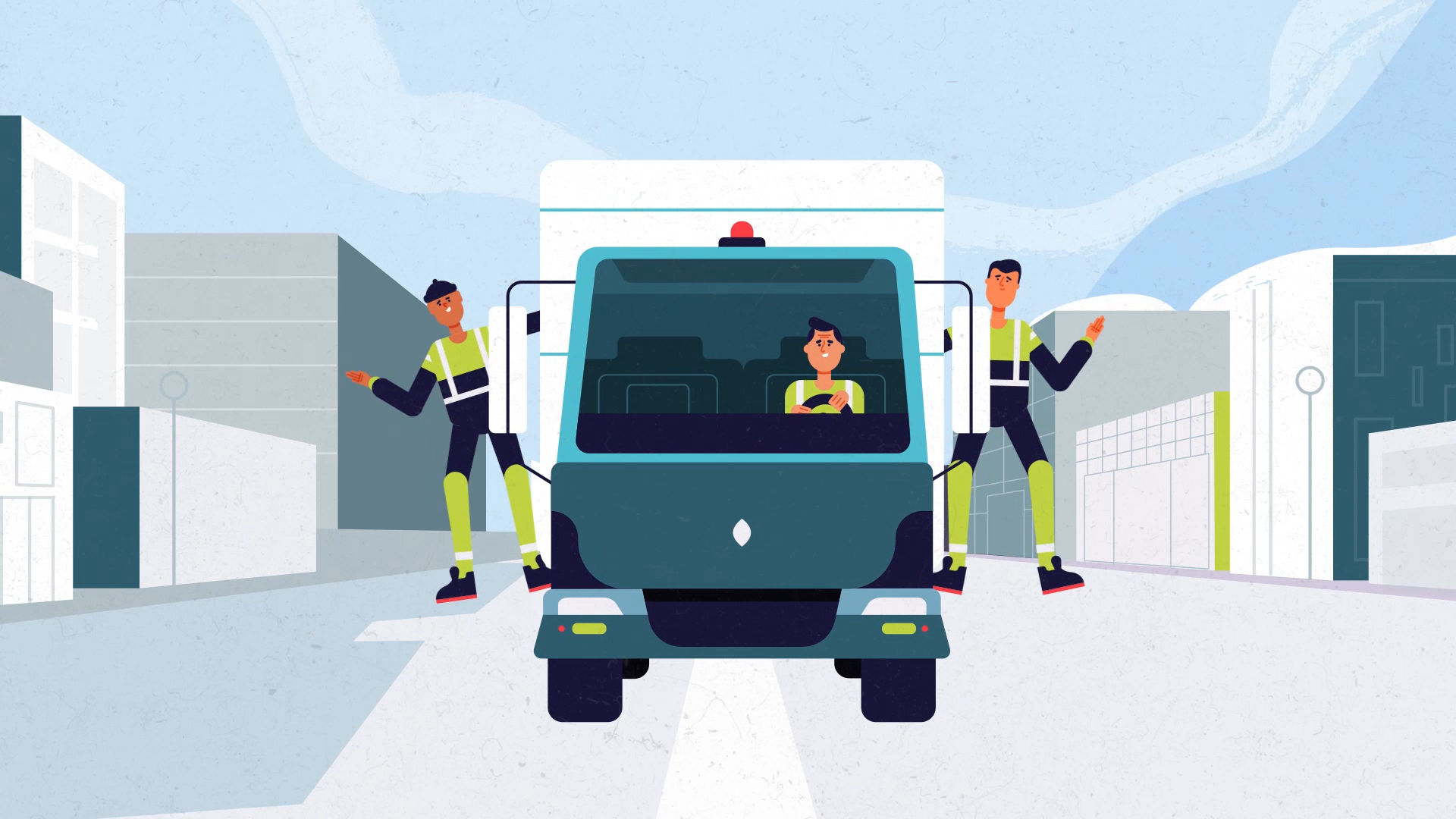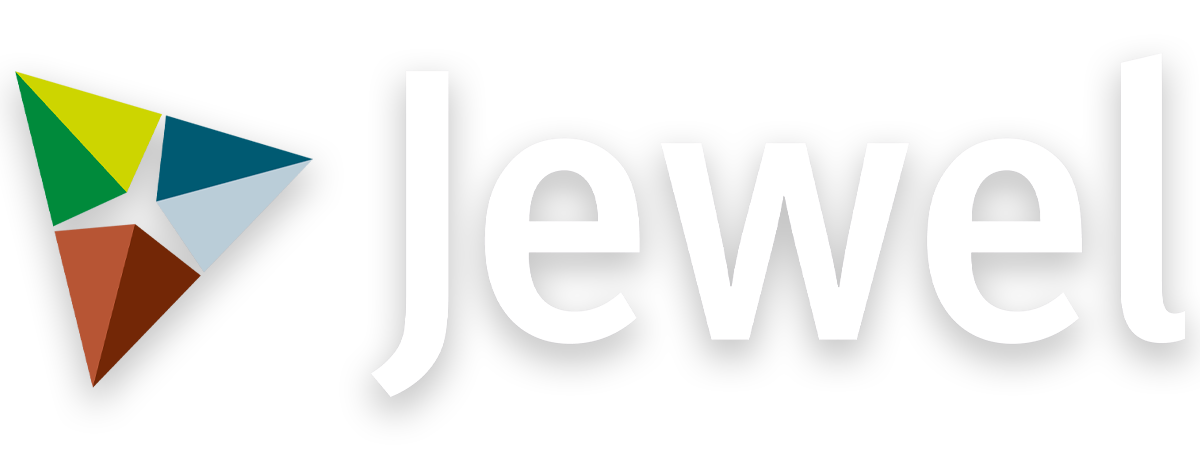You've created a waste calendar. It is clear at which addresses and on which day collection must take place. The next step? Make everything workable for the team of planners and drivers. How should the new or modified routes be driven?
This blog will take you through the management of waste collection routes: a job that is never completely finished. It takes a lot of time, and it is difficult to do it right. In practice, it appears that constant adjustments to routes are needed. We believe it is time for a new look at collection routes management and driver guidance.
The current situation:
Before we tell you what you can do differently, let's look at how we often do it now (and how it works with Jewel). What are we up against?
Fixed routes. There is a good chance that you use fixed routes for your areas. The correct route is determined in advance, after which the driver follows it outside. But who decides what a good route is? The work planner, the planner or the driver?
Time-consuming process. When you have decided who will determine the routes, you run into a new issue. Digitizing routes takes a lot of time: routes have to be discussed, signed in, tested and only then are they made final. This process is repeated for every route, and there are quite a few with different factors.
Management also takes a lot of effort. Every change, such as new connections due to building construction, roadworks and changes in the layout of streets, requires adjustments to the routes - a constant process that takes time. Changing digitized routes means less flexibility.
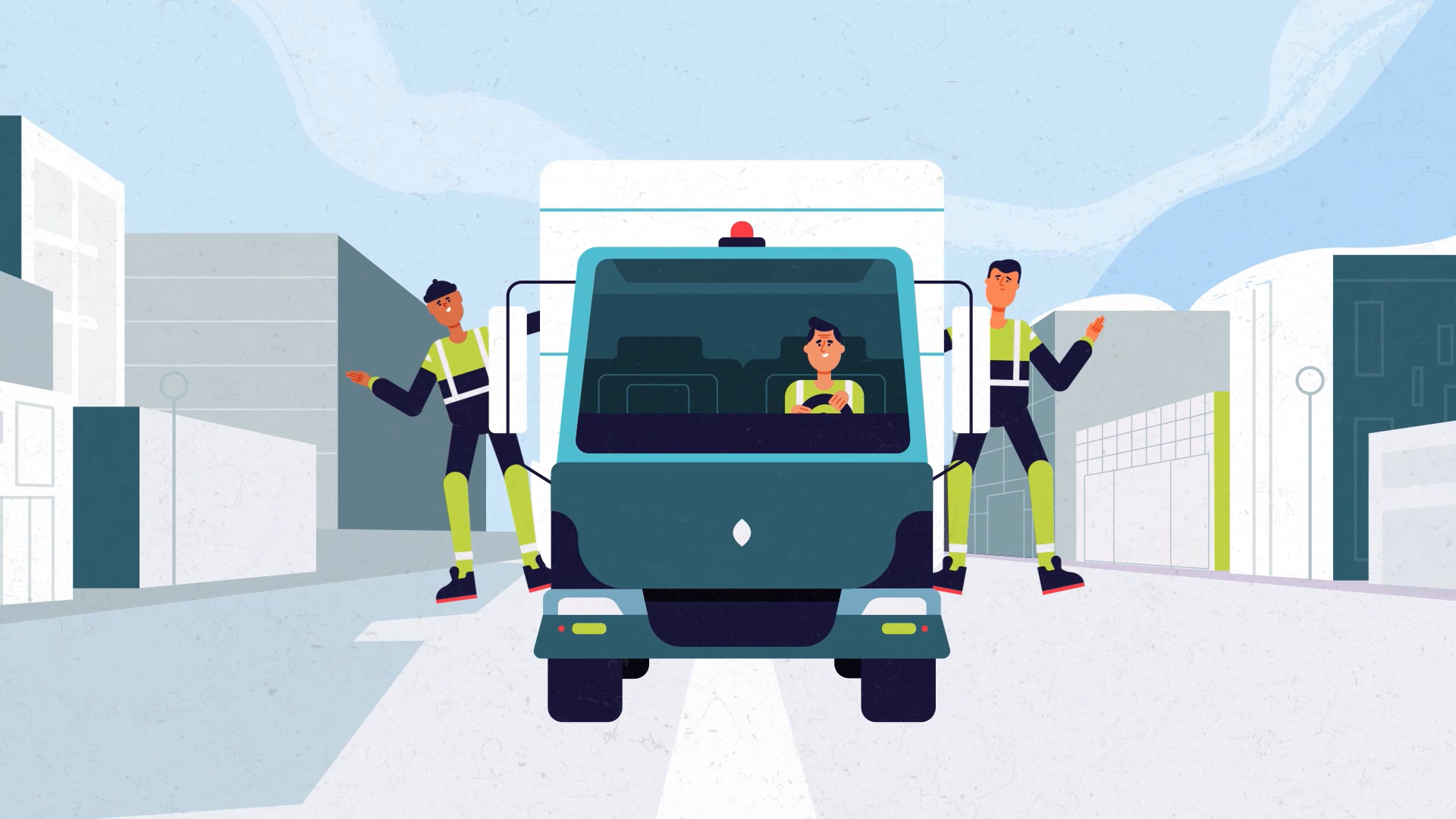
Critical drivers. For entirely new routes, drivers use the route guidance, but as soon as a driver knows the route, the tablet with route navigation will be used less. Any adjustments made later will not reach the driver. In practice, we see that route navigation is often used for new or temporary drivers who are not familiar with the routes.
Problems along the way. Software can do a lot for you, but in exceptional circumstances, people are better able to make the right choices themselves. If a road is closed, for example, a driver on the ground is much better able to find a good alternative route and determine what should be done with any inaccessible locations. If a driver is delayed or cannot continue with the execution, the driver must report this by telephone, and a colleague must take over the work on that basis. Coordinating it is a big job.
No interaction and insight. In Jewel's route navigation, the progress of the route is not continuously visible. The driver does not immediately see how far he is, but this is also not visible in the office. This makes it difficult for the planner to look ahead and coordinate. Collaboration between drivers and the planners/team leaders is therefore limited.
How can things improve?
We have mentioned several pain points of current route navigation and driver guidance. In searching for an efficient and easy solution for the user, we came across Area Collection. A different approach with new possibilities. What does that look like?
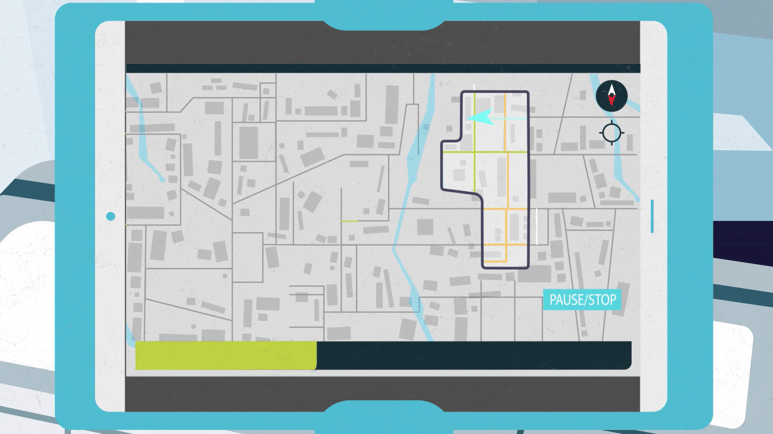
The preparation of the collection area takes less time. You no longer draw different routes but only determine which streets must be collected in an area. Signing up is quick and easy. (Do you already work with Jewel? Then the areas are already available.)
Continuous insight into progress. The driver can see exactly where he has already been and which streets still need to be done on the digital map. Forgot a street? By ticking off completed streets, he sees exactly what he may have missed. When completing a ride, the driver can do an extra check to see if any streets have been missed.
People in the office can also see the progress outside. Handy for looking ahead and making adjustments if necessary. This gives a boost to the collaboration between the office and the car.
To collaborate. Because everyone has insight into the progress, working together also becomes easier. Collaboration allows multiple drivers to work together in one area, seeing what has already been done and what still needs to be done. Even after a vehicle breakdown, it is easy to finish the job.
Drivers can easily provide feedback about the performance via the app. This provides information that can be processed directly at the office.
Continuous improvement areas. Making small adjustments is no longer a time-consuming process. Has a driver suggested an improvement? Has something changed in a particular street? You can now easily adjust it. This saves time but also reduces errors and annoyances.
The results of the execution are available to optimize the entire process and to keep the service optimal.
Reduction of complaints.
By understanding the progress and making continuous minor adjustments to the collection areas, complaints from citizens are considerably reduced. For example, our customer Cyclus managed to halve the number of citizen reports.
Discover Area Collection from Jewel
More insight, fewer complaints from members of the public and above all: satisfied drivers who are keen to have this solution available. Curious about all the possibilities of our new application? We'll tell you more in our product sheet!
.png?width=172&name=EN%20-%20Productsheet%20Jewel%20Waste%20Collection%20(1).png)


